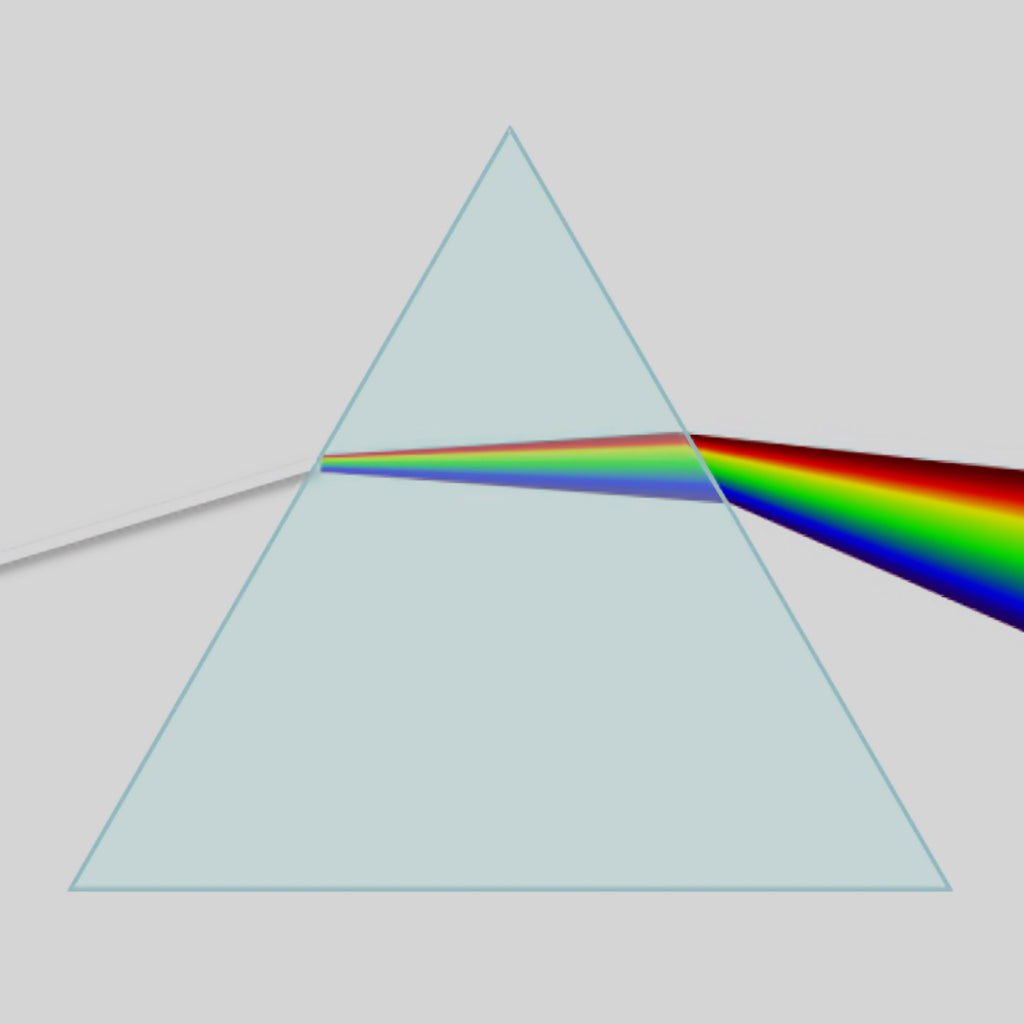Light creates clarity, overview and sets accents - full spectrum LEDs open the eyes

The invention of the incandescent lamp and its further development by Thomas Alva Edison laid the foundation for the electrified lighting of streets, houses and eventually homes.
The 1878 World's Fair in Paris was one of the first major events to implement electrified lighting using carbon arc lamps.
In 1879, Edison improved the concept and created the mass-market incandescent bulb - at that time still equipped with a high-impedance carbon filament (filament). But already in the glass bulb, which is still typical today, the bulb has to be largely airless (vacuum) so that the filament does not burn. Air or oxygen removal is essential for the incandescent lamp and the modern halogen lamp.
In the case of halogen and xenon lamps, the halogen or the inert gas xenon is used instead of the vacuum in order to displace the oxygen, among other things.
The fluorescent lamp - often incorrectly called the neon tube - was invented earlier, but did not reach mass maturity until 1938 - thanks to patents for coating the tube with luminescent substances while simultaneously increasing the gas pressure.
Fluorescent lamps are gas filled: Mercury vapor and argon are directly excited to glow by an electrical voltage, producing large amounts of invisible but high-energy ultraviolet radiation.
This radiation then produces visible light (fluorescence) when it strikes the glass bulb coated with luminescent material.
There is no filament and the operating temperature is significantly lower (lower heat generation).
Fluorescent lamps are therefore much more economical, but have a glaring disadvantage: the poison mercury.
The disposal of a fluorescent lamp is not trivial and even a glass breakage of such a lamp, e.g. at home, can cause serious damage to health.
The light of the 21st century...
It was a long time coming and still required fundamental inventions - the LED.
The Light Emitting Diode is a so-called semiconductor, whose electrical properties correspond to a diode. A diode is a kind of one-way street for electricity.
When electric current flows through the diode in the forward direction, it emits light with a light color (wavelength) that depends on the semiconductor material and the so-called doping.
For about three decades, since its invention in 1962, the diode was initially used only as a luminous display and for signal transmission. The small red lights on many hi-fi equipment or other electrical devices of that time signaled the "on" of the device and were mostly monochrome red LEDs.
It took until the late 1990s, however; only then came isolated applications of LEDs as illuminants for everyday use.
Only recently in 2014 - with the Nobel Prize in Physics - three researchers were honored for the invention of the "blue LED."
It was precisely this invention that made highly efficient, very bright LEDs with a balanced color spectrum possible.
The entire range: SORAA Full Spectrum LED
